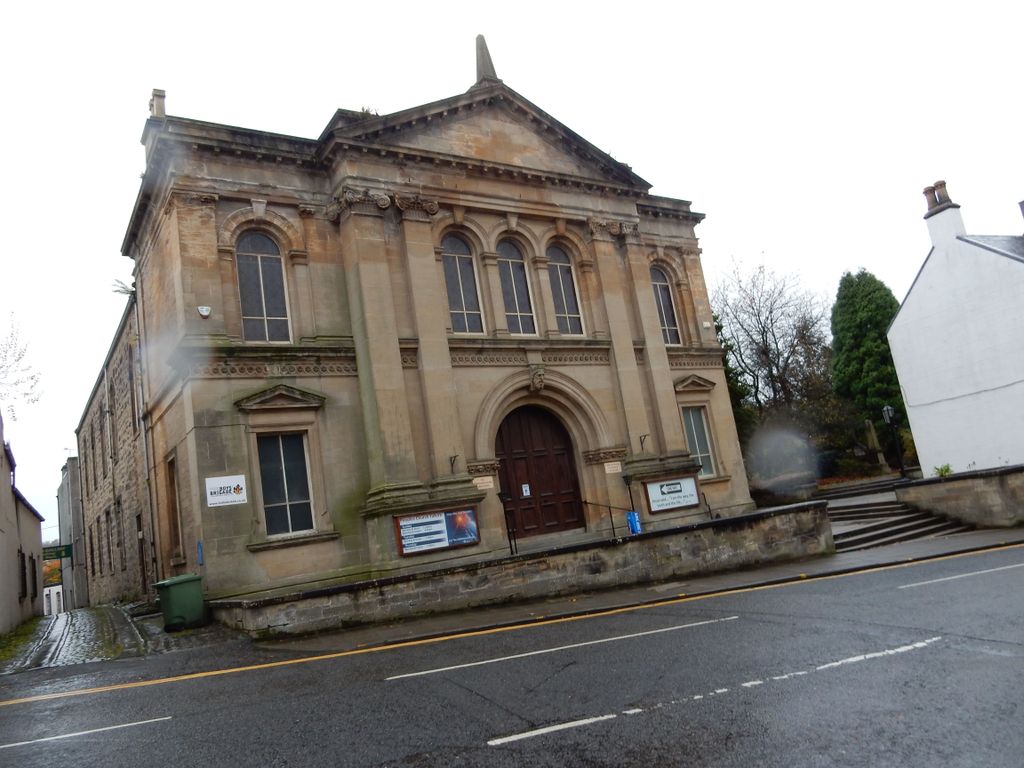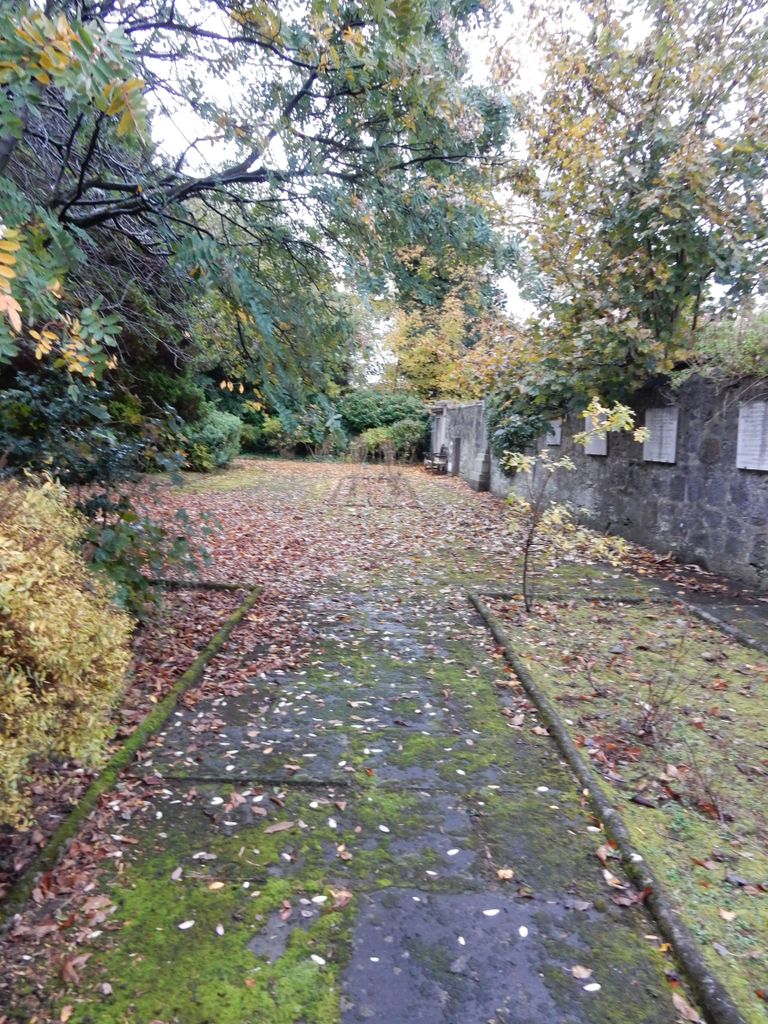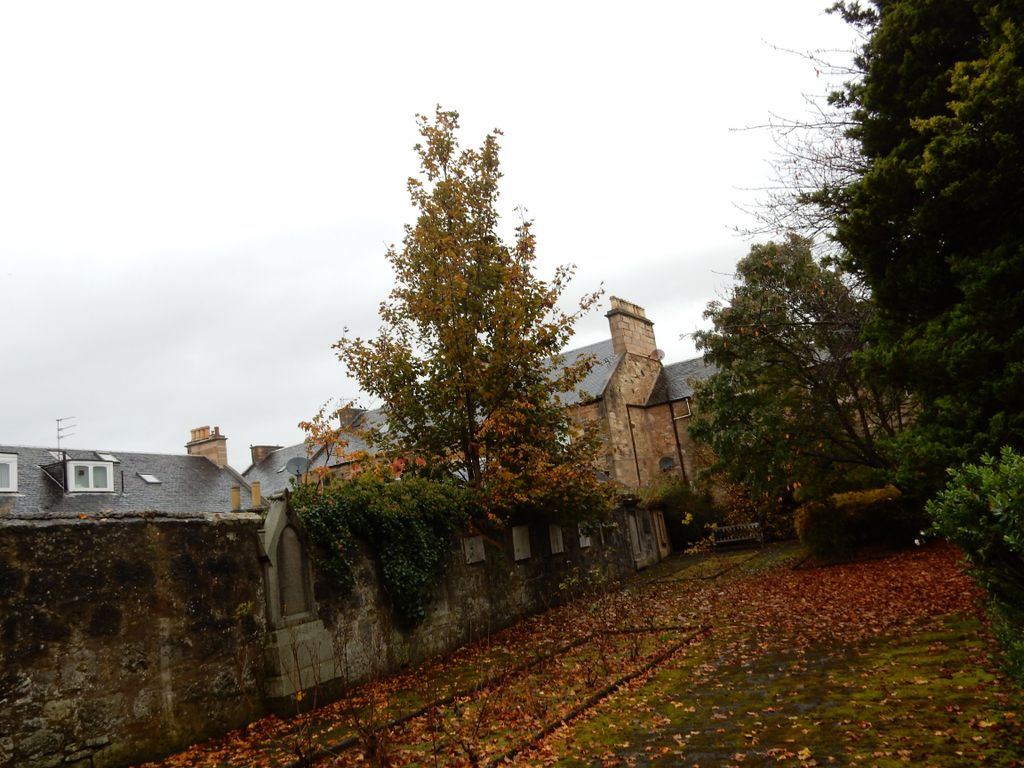| Description |
: |
The church and graveyard is on West Bridge Street, which is also known as Tanner's Brae, due to leather tanneries previously being situated on the road. The present church building was constructed in 1799, replacing an earlier building of 1774 which had become too small for the Relief Church congregation. The new building was rectangular, with the narrower gable end facing towards West Bridge Street, although there were houses between the church and the road. The church building had a piece of land beside it to the west (right of the building when facing the church from West Bridge Street),...
Read More
|
The church and graveyard is on West Bridge Street, which is also known as Tanner's Brae, due to leather tanneries previously being situated on the road. The present church building was constructed in 1799, replacing an earlier building of 1774 which had become too small for the Relief Church congregation. The new building was rectangular, with the narrower gable end facing towards West Bridge Street, although there were houses between the church and the road. The church building had a piece of land beside it to the west (right of the building when facing the church from West Bridge Street), which later became the burial ground, and later a Garden of Remembrance. The houses between the church and West Bridge Street were removed in the early 1880s and, amongst other alterations over the years, the church constructed, in 1884, a new, more ornate frontage to the building, facing onto West Bridge Street. The first burial was in 1819 and the graveyard was closed to burials in 1870; however, families who already had a lair were likely to still be interred there. Most of the gravestones were removed in the late 1960s to early 1970s, and a Garden of Remembrance was opened in 1972. The memorial plaques for the ministers of the church were removed from inside the church and set into the boundary wall of the Garden of Remembrance. Very few other stones still remain, but those that do are also set into the boundary walls; these include the gravestone of the first person interred in the graveyard, Isabel Steel, wife of John Robertson. |







